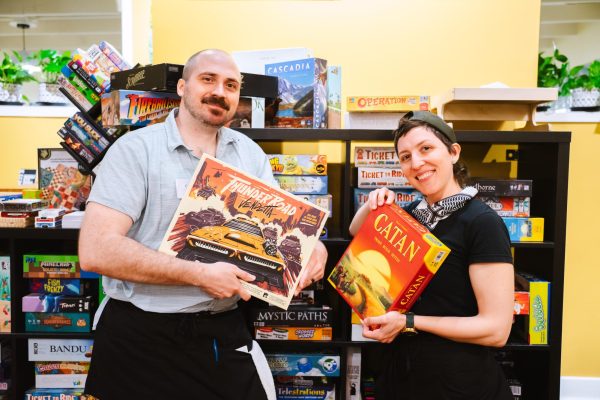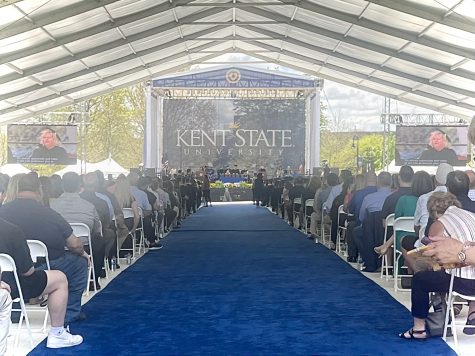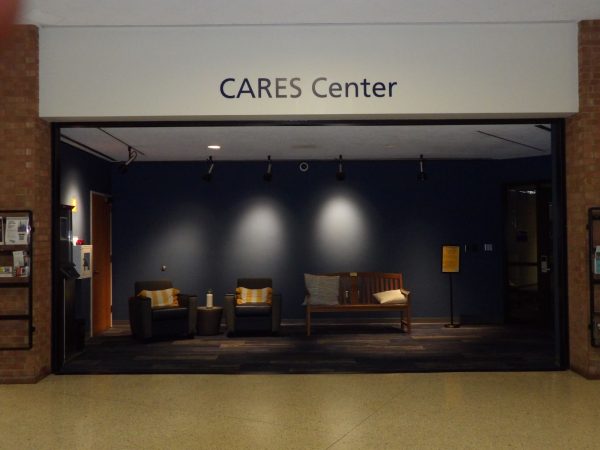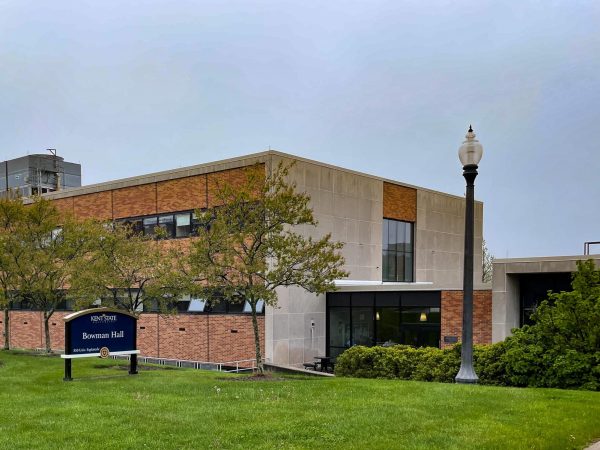Army ROTC cadets train in handling weapons
January 26, 2017
Kent State’s Army Reserve Officers Training Course (ROTC) cadets learned and practiced how to handle a firearm properly as part of a bi-weekly military lab at Terrace Hall on January 25.
Upperclassmen, selected by their teams two weeks prior to the scheduled lesson, teach and organize the labs.
The weapons used in the lessons were the M4 rifle, the M16 rifle, the M249 machine gun and the M9 pistol. Major Daniel Mueller coordinated the movement of the weapons from the Ravenna Armory, and they were stored with the Kent State police station.
Junior aeronautics major Zach Oles designed the schedule for the morning’s lab.
“These are weapons, but right now they are tools that can and will help you along in this program,” Oles said.
His lesson provided basic training to educate first-timers and reinforce the material with the experienced. One of those first timers was freshman political science major Alex Poore.
“I never used a weapon before,” he said. “It helped with critical thinking and gave me confidence in what to expect when handling a weapon.”
Some older cadets, like senior business management major Adam Barnard, feel the hands-on approach is helpful for retaining knowledge and gaining leadership experience that supports younger cadets
“The ROTC program is for the development of officers,” Barnard said, “so although it was death by PowerPoint last year, we learned important information that we input into these lessons for both ourselves and the newer cadets.”
Donald Clyde Jr., junior criminology and justice studies major, was selected to lead the M4 Rifle lesson as an experienced cadet in that specific firearm.
“I am familiar with the rifle, so preparation wasn’t going to be tough for me,” he said. “The importance of these lessons is to give knowledge to the younger cadets, the weapons are a metaphor of leadership.”
Clyde was awarded a military pin by is fellow cadet leaders for his training at the conclusion of the morning’s lab.
The ability to present and show knowledge of the information is a goal for the selected upper-class cadets. In this case, it is to show how a weapon requires critical thinking.
Tyler Lowell, senior public health major, said situations shouldn’t be black and white.
“The process of both teaching and learning discipline through a weapon develops that space,” he said.
Mueller, who also planned the training for the semester, wanted this lab and the rest scheduled for the semester to provide context to the tactical side of the military.
“It’s not just about the weapons,” said Mueller, “I could put my keys in the room, I want them to understand how they got there, what to use them for and why they are used that way.”
Future training topics for the lab includes first aid training, battle drills and squad tactics.
These lessons will assist in their Joint Field Training Exercise in Ravenna. It is scenario training that combines all learned tactical lessons in conjunction with the ROTC programs from Akron and John Carroll, and will take place in April.
Troy Lee is the military reporter, contact him at [email protected].























